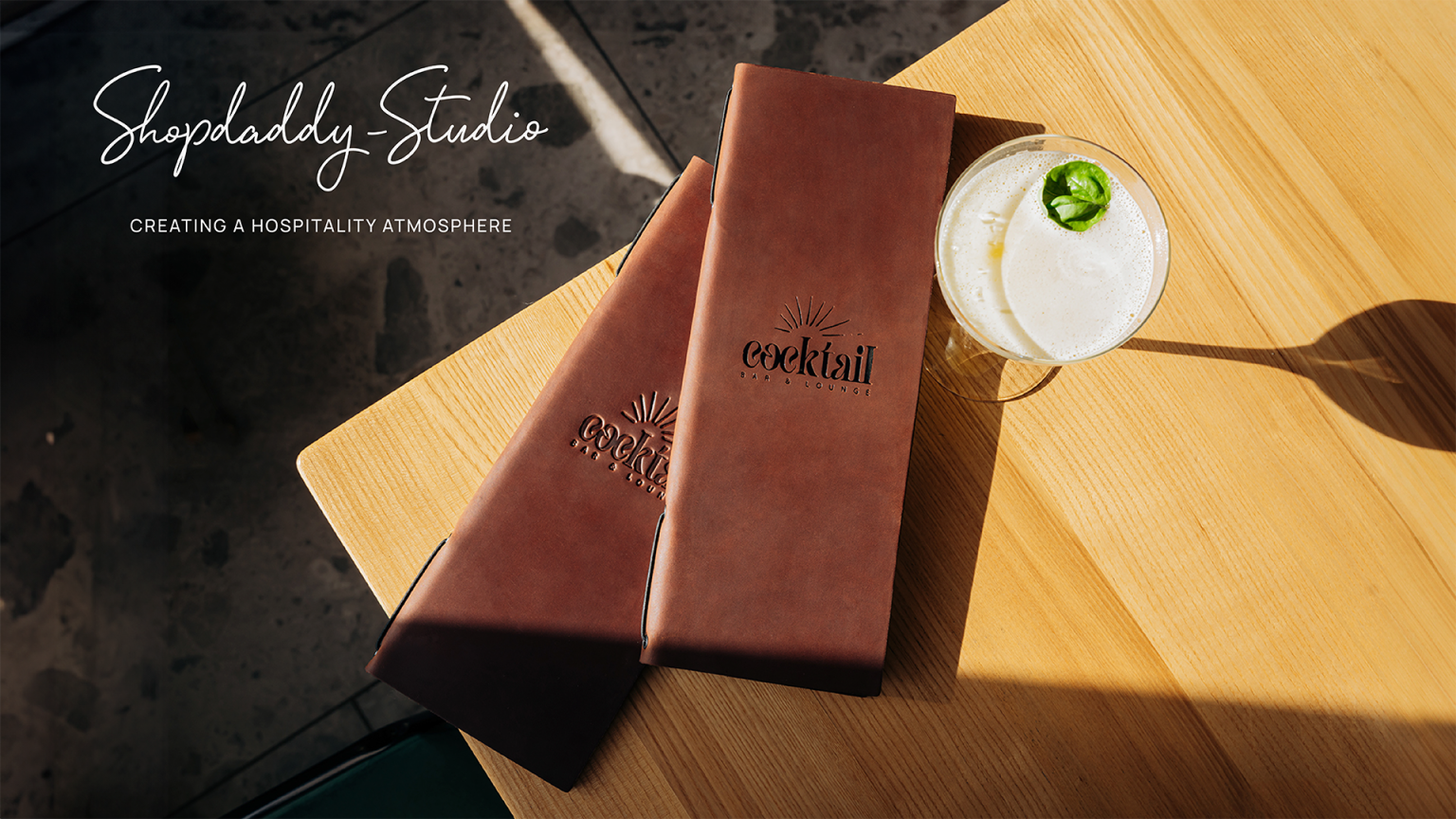In today’s competitive hospitality landscape, branding goes far beyond logos, websites, and social media. For restaurants and cafes, the physical environment plays an equally vital role in shaping the guest experience. Every tangible detail — from the texture of the menu covers to the style of the check presenter — tells a story about who you are and what guests can expect.
These sensory elements aren’t merely aesthetic; they function as extensions of brand identity. And when executed thoughtfully, they influence everything from guest satisfaction to word-of-mouth marketing and social media visibility.
Menus as Brand Ambassadors
The menu is often the first point of tactile contact between a venue and its guests. Beyond listing food and drink, it sets the tone for the entire meal. A leather-bound menu with embossed lettering speaks to elegance and tradition. A minimalist, recycled-paper menu suggests sustainability and modernity. In either case, material, typography, and layout should align with the brand’s values and target audience.
According to hospitality design experts at AHF Contract, physical materials like leather, wood, and textured paper create emotional cues that influence perception. A thoughtfully designed menu isn’t just informative — it builds anticipation and reinforces brand values.
Tabletop Details and Atmosphere
The way a table is set speaks volumes before a single dish is served. Flatware, napkin folds, coasters, and even salt-and-pepper holders contribute to ambiance and guest expectations. Uniformity and attention to detail are especially powerful here: custom napkin rings with the venue’s logo or bespoke coasters subtly emphasize brand care and quality.
Even lighting and scent can complement these touchpoints. Warm lighting pairs naturally with rich materials and earthy colors, while crisp white linens thrive under brighter, cleaner illumination. These decisions, though small, anchor the emotional context of the meal.
Check Presenters: The Final Word
Often overlooked, the check presenter offers one last chance to reinforce brand memory. A sleek black wallet, a wooden folder, or a branded leather case can elevate the final moment of interaction. Done well, this closing detail conveys consistency and professionalism.
In upscale environments, guests expect sophistication down to the very end — and check presenters that mirror the tone of the service help achieve that. It’s also an opportunity to encourage feedback or repeat visits by including loyalty information, a thank-you card, or a QR code to follow the brand on social platforms.
From Impression to Expression
Physical branding isn’t about excess; it’s about alignment. When accessories and materials echo the core philosophy of a venue, they extend the story beyond the food. They become part of the guest journey — touchpoints that convert impressions into lasting emotional connections.
Not every restaurant needs embossed leather menus or brass candleholders. But every restaurant benefits from consistency and intention. Whether it’s a fast-casual concept or a fine-dining destination, investing in even a few thoughtful, high-quality elements can significantly enhance how guests perceive and remember their visit.
By taking branding off the screen and into the guest’s hands — literally — restaurants can build a deeper, more resonant relationship with their clientele.
For venues seeking bespoke accessories that align with their unique identity, Shopdaddy-Studio offers handcrafted solutions using genuine leather and natural wood. Their commitment to quality and customization ensures that every piece not only serves its function but also tells a part of the establishment’s story. From personalized menu covers to custom check presenters, their products are designed to enhance the tactile experience of hospitality.



